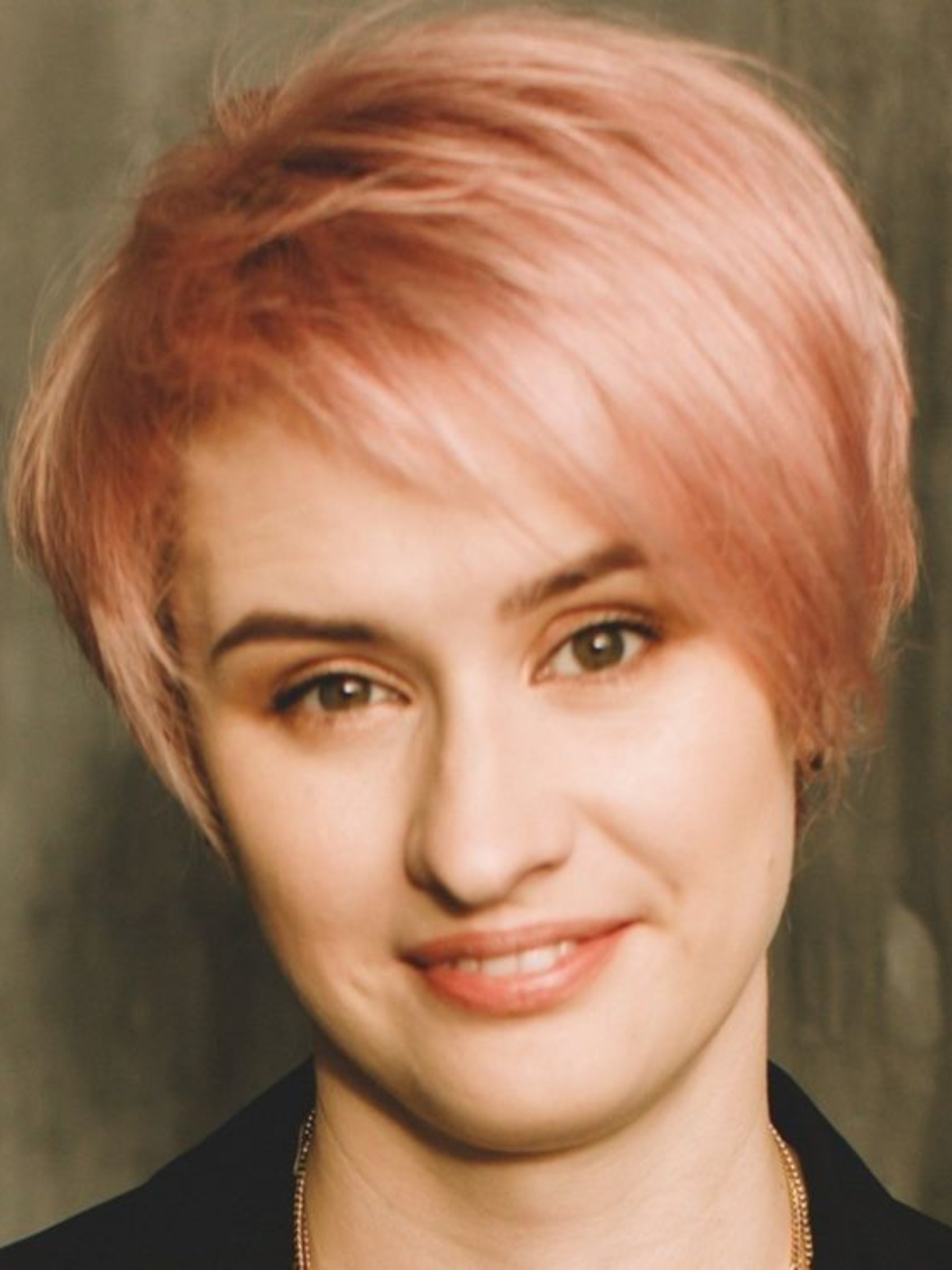A culinary e-learning startup overhauled marketing to pinpoint its audience, improve messaging, and turn trials into paying plans.

A Michelin-star chef–led culinary e-learning startup, four years post-launch, sought to clarify its market and unlock profitable growth. The company sold subscriptions across the globe with key markets in Spain, Mexico, and the U.S., and was known for production quality and instructor pedigree - but despite strong content, the business was not yet at break-even.
As digital learning crowded the category, acquisition relied heavily on paid media. CAC (cost-per-acquisition) had drifted up, ROAS (return-on-advertising-spend) was fragile, and the Ideal Customer Profile was defined only in broad strokes. Creative and landing pages spoke to “more courses,” not to the outcomes different buyers actually sought, leaving performance sensitive to seasonality and incremental spend.
Against this backdrop, leadership committed to a customer-led reset: identify who the real customers are, how to sell more to them, and how to sharpen messaging to lower CAC and raise ROAS. A strategic question sat underneath- should Scoolinary lean more “professional” in its positioning and pricing, or run distinct strategies for professional and amateur segments while maintaining one brand?

High CAC & fragile ROAS
Acquisition costs trended high and performance was sensitive to seasonality and incremental budget, limiting reliable scale.
Unclear ICP & thin customer truth
There was no shared, actionable view of who buys, why they stay, or what objections block conversion - by market and by segment.
Messaging misaligned with outcomes
Creative and landing pages sold “more courses” rather than the transformations pros and enthusiasts actually value.
Fragmented journey & channel roles
No agreed map of the customer journey; search, paid social, email, and onsite weren’t orchestrated to move trials into plans.
Positioning ambiguity (pro vs. amateur)
Open question whether to skew “more professional” or run distinct strategies for pros and hobbyists - without splitting the brand.
In short: the brand needed rigorous customer truth, a segmentation that drives decisions, and a message system that converts - by market, by segment.
Target Audience Code System (mixed-methods, market-by-market).
We ran qualitative and quantitative work across Spain, Mexico, and the U.S.: structured interviews, survey validation, social-listening, and reviews analysis. This produced full segment portraits - real needs, jobs-to-be-done, motivations, objections, and decision triggers - replacing a generic paragraph with a usable operating reference.
Beyond insights, the team received repeatable tools: interview guides, coding schema, synthesis templates, and a cadence to rerun research yearly. From the client’s perspective: they finally knew what keeps people learning and why they buy, and they could keep the learning loop alive without external help.
Segmentation that sells.
We codified demand along two axes: role (Pro / Amateur) and motivation (business growth, mastery, access/price, identity/pride). Each market received a message playbook.
Message architecture → customer language to value.
We shifted from selling “content” to selling transformation and utility: speed-to-skill, menu improvement, portfolio quality. Creatives and landers were rebuilt around a hook → proof → offer pattern, using chef credibility and customer verbatims.
Journey orchestration.
We mapped the full customer journey by segment and key market, then aligned channels to highest-leverage touchpoints: search to harvest intent (category, chef names, techniques), paid social to prime with proof (clips, outcomes, student reels), and email/onsite to progress trials into plans and keep learners advancing along a skill path, not just browsing lessons.
Offer & value communication.
Plan and price were reframed per segment: pros saw credibility, structure, and business utility; amateurs saw pride, confidence, and micro-learning flexibility. The conclusion: one brand, two message tracks - professional and enthusiast - rather than splitting the brand.
Enablement & handoff.
We delivered a message library (by segment/country), ad/landing page briefs using verbatims, and a simple test-learn-scale cadence so the in-house team could keep improving CAC and ROAS week over week.

Within weeks of the customer-led reset, Scoolinary saw a step-change in acquisition economics and execution discipline.

"I was struck by how rigorous and teachable Marina’s approach is - we understood why each step mattered and how it moved results, and she equipped us with tools to repeat the research annually. Using customer verbatims, we shipped changes immediately across ads, landing pages, content, and even product".